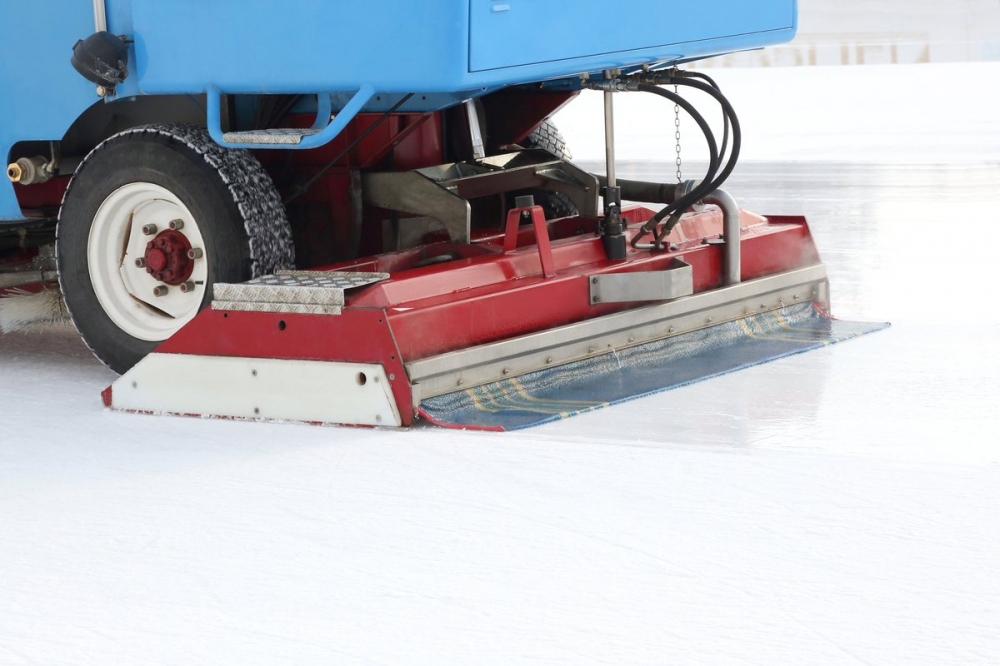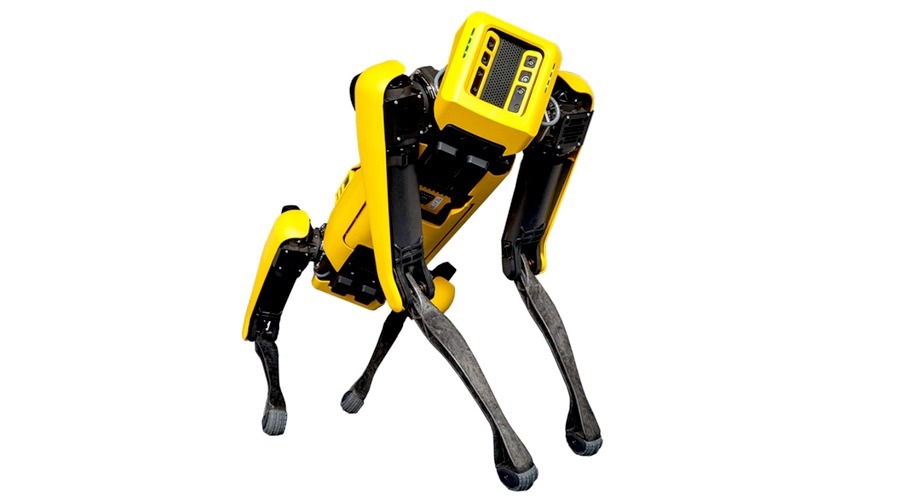The first ice harvester was invented in 1949 by Frank Zamboni, and since then, Zamboni has become the largest manufacturer and supplier of these machines worldwide. A team of researchers is now working to make these machines autonomous, revolutionizing ice rink maintenance.
A group of Carnegie Mellon University (CMU) students, in collaboration with Zamboni, Duquesne Light Company, the Pittsburgh Penguins Club, and Locomation truck autonomous systems developers, have successfully developed an autonomous ice harvester. This innovative project aims to introduce autonomous technology to the world of ice rink maintenance, allowing the system to learn from real-world scenarios while improving efficiency and performance.
Locomation, a company specializing in autonomous systems for trucks, uses a unique approach to autonomous driving. Their technology involves one truck autonomously following another, electronically connected vehicle that is controlled by a person but also equipped with autonomous driving technology. The company saw an opportunity to apply this technology to ice harvesters and contacted John Dolan, director of the Master's program in Robotics systems development at CMU, to collaborate on the project.
The project spanned three semesters, starting with a brainstorming stage where students determined how to develop and test the system using a small RC Car. After successful concept testing, the team worked on an HE car equipped with all the sensors necessary for autonomous operation. Zamboni provided the team with an all-electric ice harvester for operation and modernization.
The team successfully completed the first test on the ice, with the autonomous Zamboni following another man-driven vehicle with an offset, ensuring that the two cars did not clean the same areas of ice. This groundbreaking development in ice rink maintenance showcases the potential of autonomous technology in various industries.
By hiring robots and integrating autonomous ice harvesters into ice rink maintenance, businesses can streamline operations, reduce labor costs, and ensure consistent, high-quality ice surfaces. The future of ice rink maintenance lies in the hands of robot workers, paving the way for a more efficient and technologically advanced industry.


















